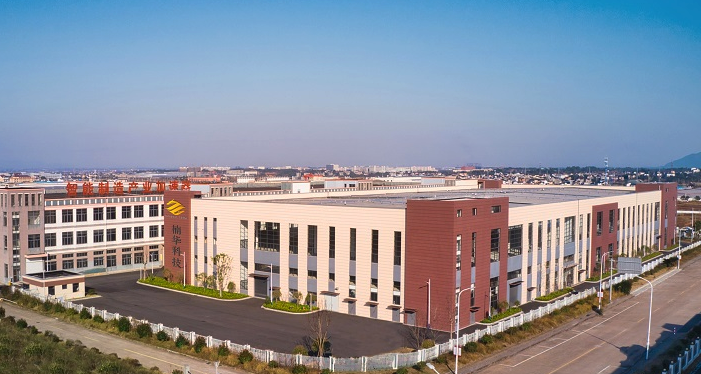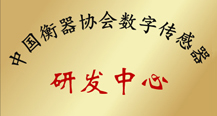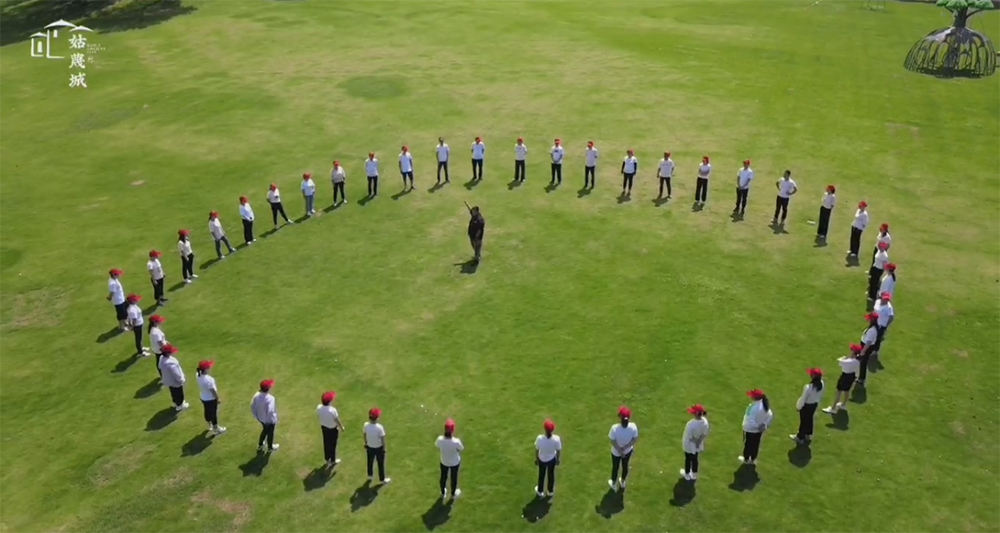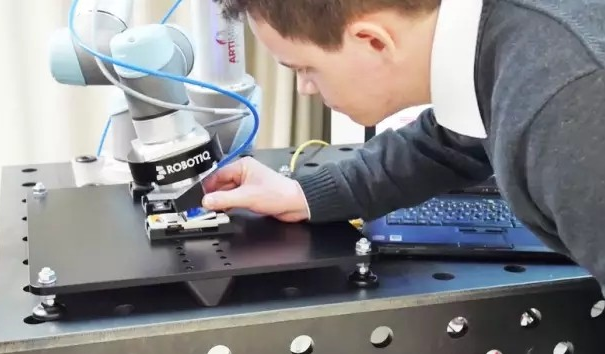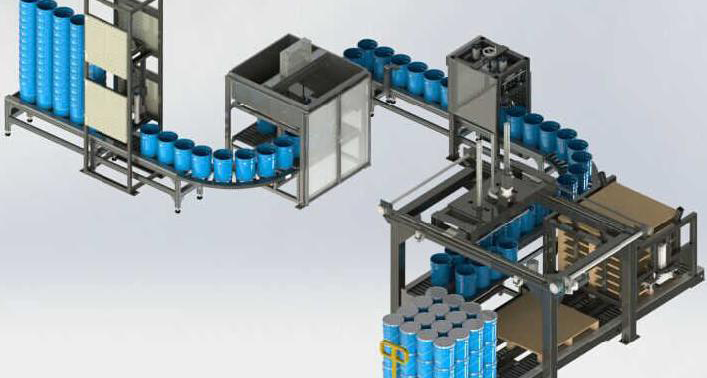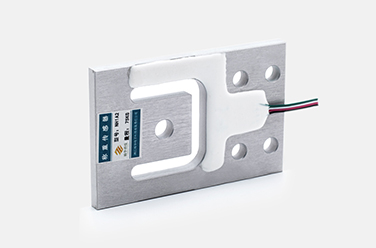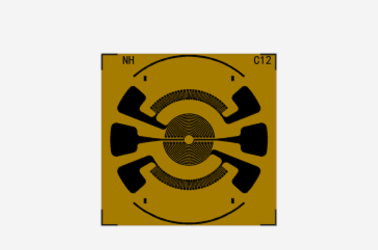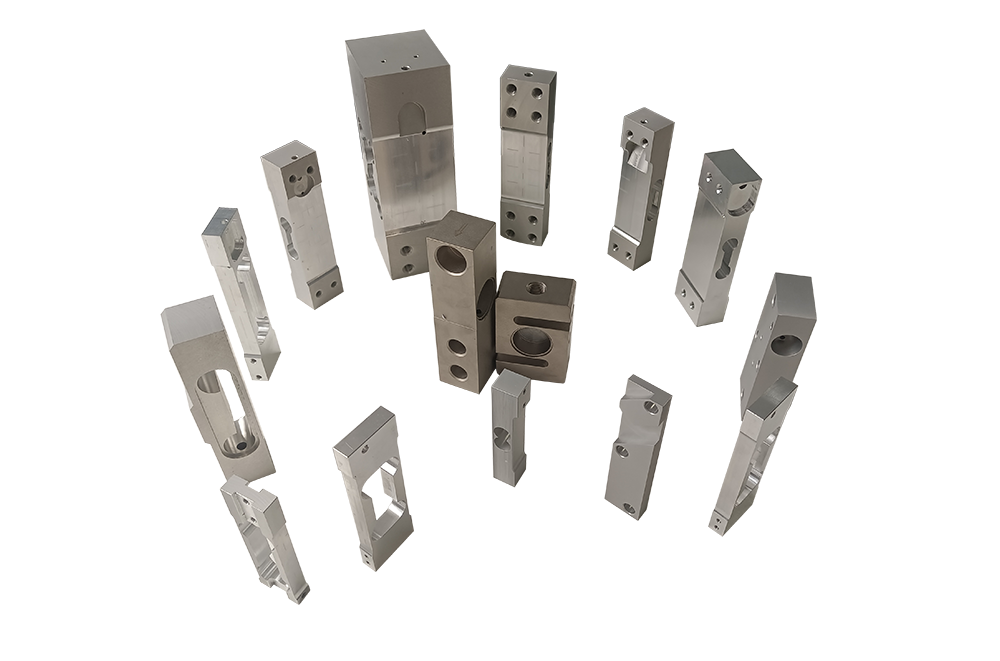In recent years, with the continuous deepening of technology research and development, the decline of cost, and the improvement of performance and reliability, driven by the rapid development of the Internet of things, mobile Internet and high-end equipment manufacturing, the typical application market of sensors has developed rapidly. According to the analysis of bckresearch, the global sensor market is expected to reach $79.5 billion in 2014 and $116.1 billion in 2019, with a compound annual growth rate of 7.9%.
The Asia Pacific region will become the most potential market. At present, the United States, Japan and European countries have advanced sensor technology and mature upstream and downstream industries. They are the main producers and large application markets of medium and high-end sensor products. At the same time, the Asia Pacific region has become the most potential future market. Intiano consulting company pointed out that the market share of the Asia Pacific region will continue to grow in the next few years, which is expected to increase to 38.1% in 2016, and the market share of North America and Western Europe will decline slightly.
Transportation and information communication have become the fastest growing fields in the market. According to the prediction of intiano consulting, the global scale of automotive sensors in 2016 will reach 41.97 billion euros, accounting for 22.8% of the global market; The information and communication industry will also reach 42.16 billion euros by 2016, accounting for 22.9% of the global market, and may become a large single application market. Innovative applications in medical treatment, environmental monitoring, oil and gas pipelines, smart grids and other fields will become new hotspots, which is expected to create more market demand in the future.
Mergers and acquisitions are becoming increasingly active. Large sensor enterprises in the United States, Germany, Japan and other countries have a solid foundation for technology research and development. Each enterprise has formed its own technological advantages, and the overall market competition pattern has been preliminarily established (attached table). It should be pointed out that through mergers and acquisitions, large companies control technical standards and patents, and gradually form a monopoly position in the "high, precision and sharp" sensor and new sensor markets. Under the competitive pressure of large enterprises, small and medium-sized enterprises are developing in the direction of "small (medium) and fine, small and specialized", developing proprietary technology and positioning products in specific market segments. According to statistics, from July 2010 to September 2011, there were more than 20 large-scale mergers and acquisitions in the sensor industry. For example, veritascapitaliii, an American private equity company, acquired Perkin Elmer's lighting and detection solutions (IDS) business with us $500million in cash; Spectris PLC of the UK acquired the manufacturing business of temperature and measuring equipment of Omega engineering company of the United States for us $475million. At present, more and more M & A transactions appear in emerging market countries.
